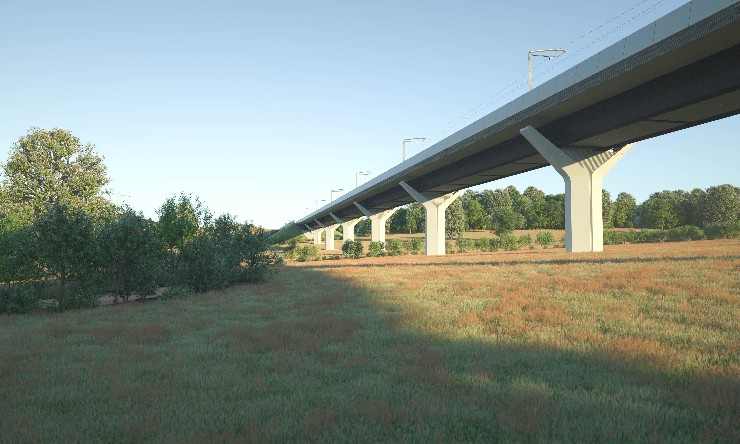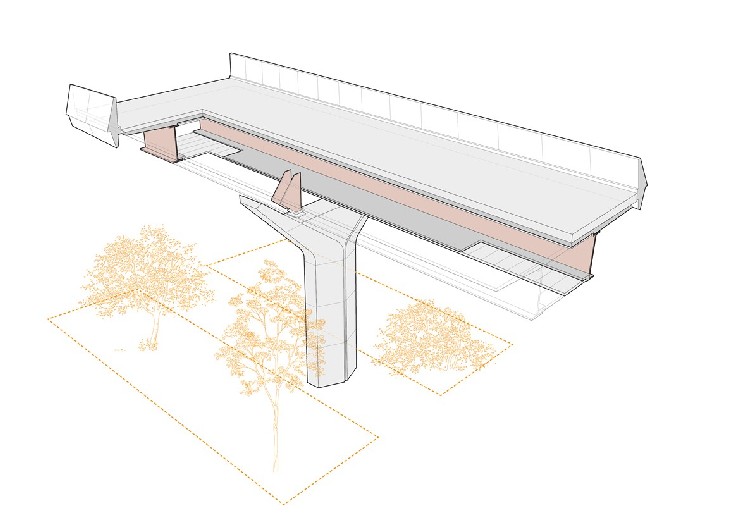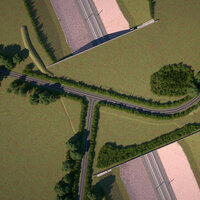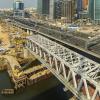The ‘double composite’ approach – which involves two steel girders sandwiched between two layers of reinforced concrete to create a ‘super strong’ but lightweight span – will be used on the Wendover Dean Viaduct in Buckinghamshire.
The 450m viaduct was recently given approval by Buckinghamshire Council under Schedule 17 of the HS2 Act and it will be the first major railway viaduct in the UK to use the ‘double composite’ approach.

It has been designed by HS2 Ltd’s main works contractor, EKFB - a team made up of Eiffage, Kier, Ferrovial and BAM Nuttall - working with design partner, ASC (a joint venture between Arcadis Setec and Cowi) and specialist architect Moxon. The viaduct is one of 50 being built on the first phase of HS2 between London and the West Midlands.
The team has applied lessons from the use of double composite structures on the latest French TGV lines and has cut the amount of embedded carbon in the viaduct by 7,433 tonnes – the equivalent of 20,500 return flights from London to Edinburgh.
As well as cutting the amount of concrete and steel, the slender design also reduces the silhouette of the structure viewed from across the valley. Nine evenly spaced piers will support the deck of the viaduct.

In a further improvement to the original design, the piers – which will be up to 14m high – will be cast in pieces offsite before being assembled.
HS2 Ltd’s project client director Ambrose McGuire said: “By providing a cleaner, greener way to travel, HS2 will help cut the number of cars and lorries on our roads, cut demand for domestic flights, and help the fight against climate change.
“But we’re also serious about reducing the amount of carbon we use during construction, and Wendover Dean is a great example of how we’re using the latest engineering techniques to do just that. Concrete is one of the construction industries’ biggest sources of embedded carbon – and this design will help us cut our carbon footprint while delivering a lighter, stronger and more elegant structure.”
EKFB’s technical director Janice McKenna said: “This viaduct was inspired by the innovative design in France, but has been enhanced and developed in the context of the Chilterns. Our design solutions are always created with people and legacy in mind and I am really proud of the carbon savings that the Wendover Dean Viaduct represents.”
The beams themselves will be made from weathering steel, which will age to a characteristically dark russet finish and is intended to echo the natural tones of the surrounding landscape. Total steel weight is around 1,400 tonnes and the steel will be topped with a concrete deck that will carry the track and built-in noise barriers.

When viewed from a distance, against the weathered steel, the pale concrete parapet is designed to appear as a thin horizontal band hovering over the slender piers, making the whole structure look thinner. This effect will be further emphasised by the viaduct piers, which have been extended to almost connect with the parapet, helping to give the appearance of a light and narrow structure.





